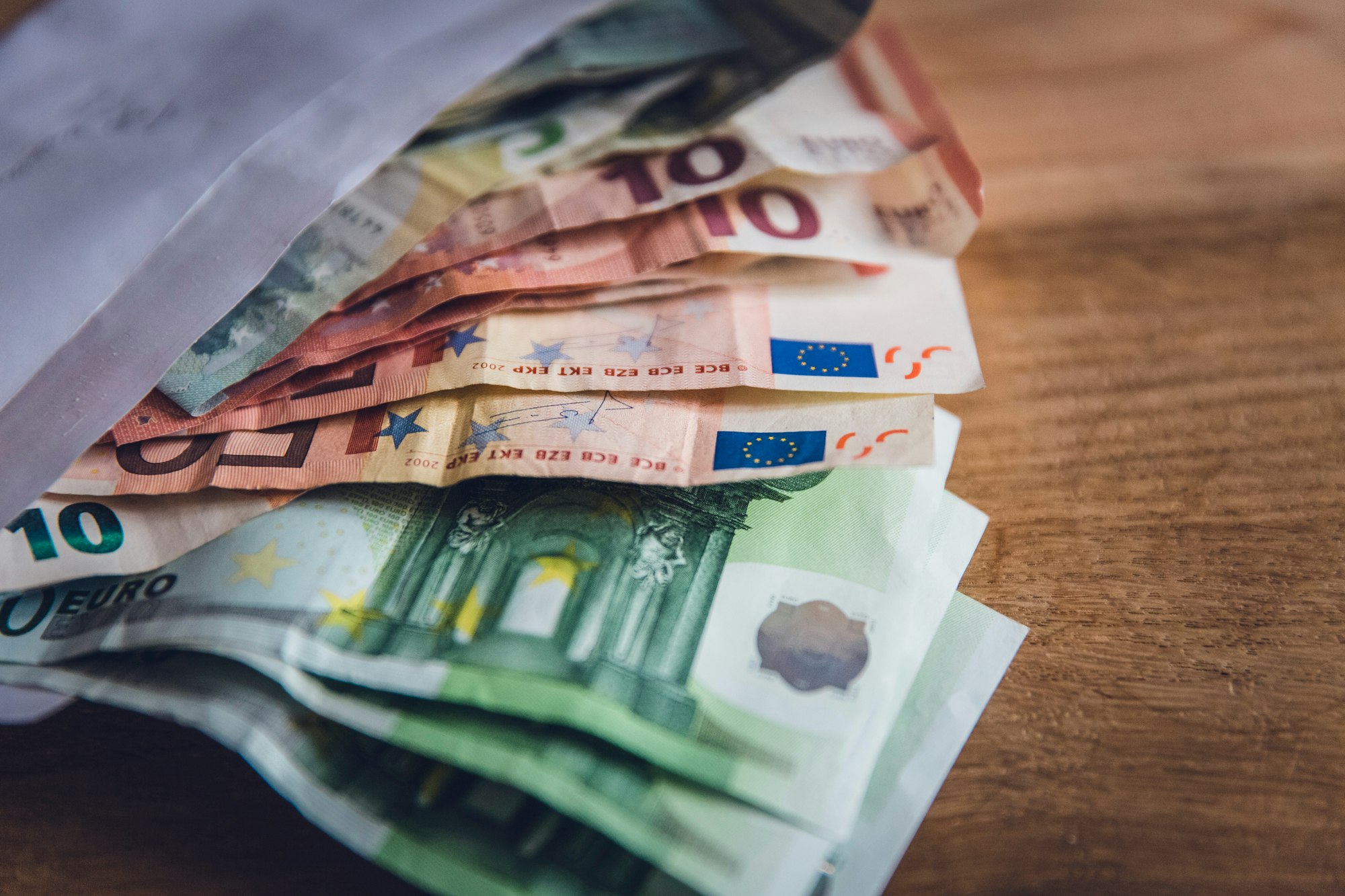FXOpen

Winter has arrived in Europe and, with it, a new wave of COVID-19 infections. Despite Europe doing a relatively good job at vaccinating the population, the current vaccination rate is not substantial enough to curb the infection in some countries.
COVID-19 infections are mounting once again, thus putting pressure on economies. Austria, for example, announced a new three-week lockdown in a desperate attempt to stop the virus and also to save the ski season (that has just started), as the tourism industry contributes in no small measure to the Austrian GDP.
Moreover, the country announced that vaccination will become compulsory starting from February next year. The development has triggered a decline in euro pairs, with the EURUSD exchange rate trading below 1.13, and the EURJPY below 129.

Fed Turns Hawkish
The Federal Reserve of the United States announced the tapering of its quantitative easing and a gradual phase-out of the bond-buying program. However, last week, some Fed members argued for a faster reduction to tapering and signaled at least one rate hike to come in 2022. As such, the divergence with other central banks will support the dollar in the period ahead.
On the other hand, the European Central Bank clearly has no intentions of hiking the interest rate next year. As such, from a monetary policy perspective, the euro has no reason to rise anytime soon.
All euro pairs have come under pressure, not only the EURUSD. The EURJPY, for instance, traded with a bid tone all year but failed at the 133 level. In a matter of just a few days, it declined below 129 despite the USDJPY holding above 114.
EURGBP is another pair reflecting the euro’s weakness. In addition, the Bank of England has voiced some concerns about the rising inflation rate, which could mean it following in the Fed’s footsteps sooner rather than later. Therefore, further declines in the cross pair should be expected.
All in all, the euro looks weak here ahead of Thanksgiving and at the start of the winter season. As COVID-19 puts pressure on the European economies again, traders have no incentives to buy the common currency.
This article represents the opinion of the Companies operating under the FXOpen brand only. It is not to be construed as an offer, solicitation, or recommendation with respect to products and services provided by the Companies operating under the FXOpen brand, nor is it to be considered financial advice.
Stay ahead of the market!
Subscribe now to our mailing list and receive the latest market news and insights delivered directly to your inbox.








